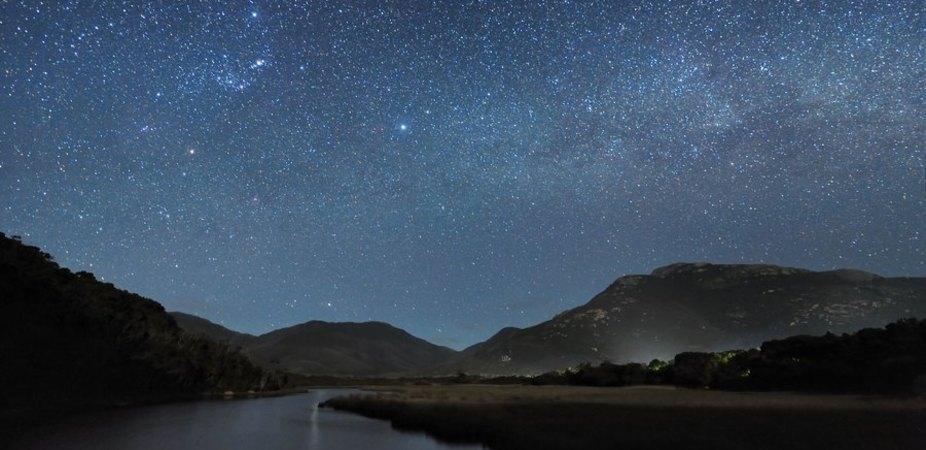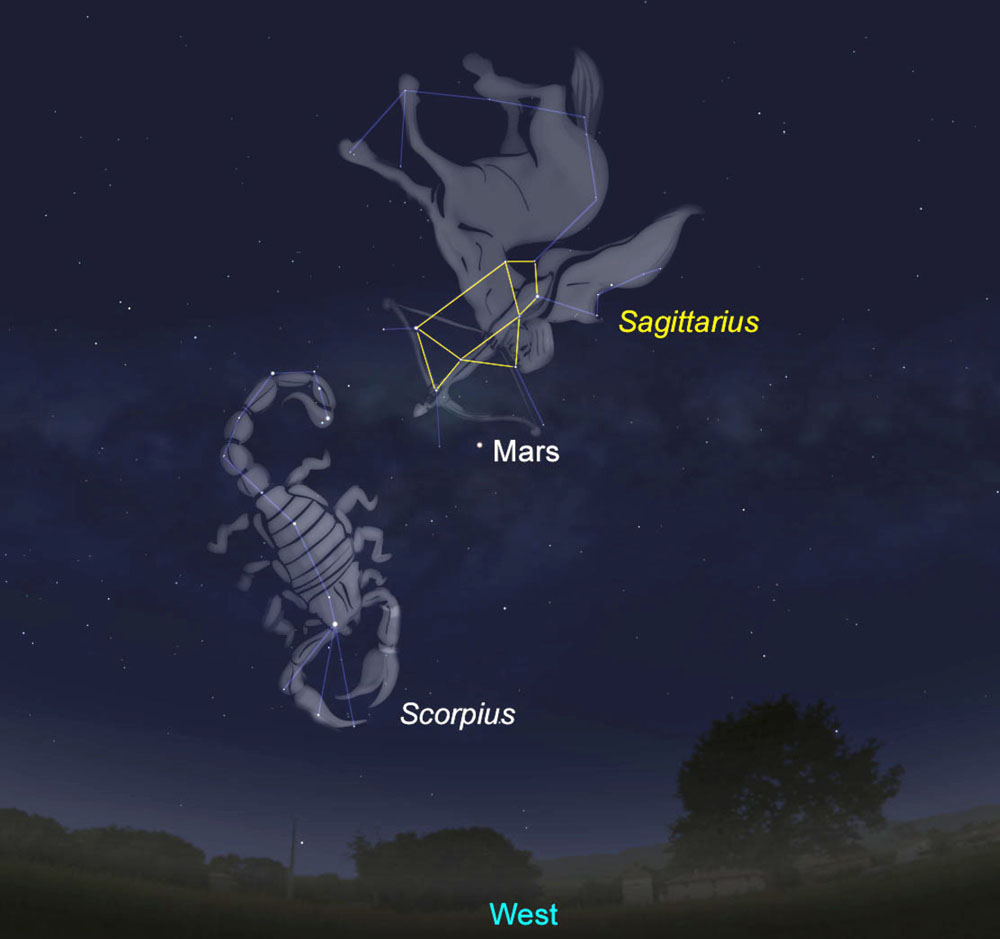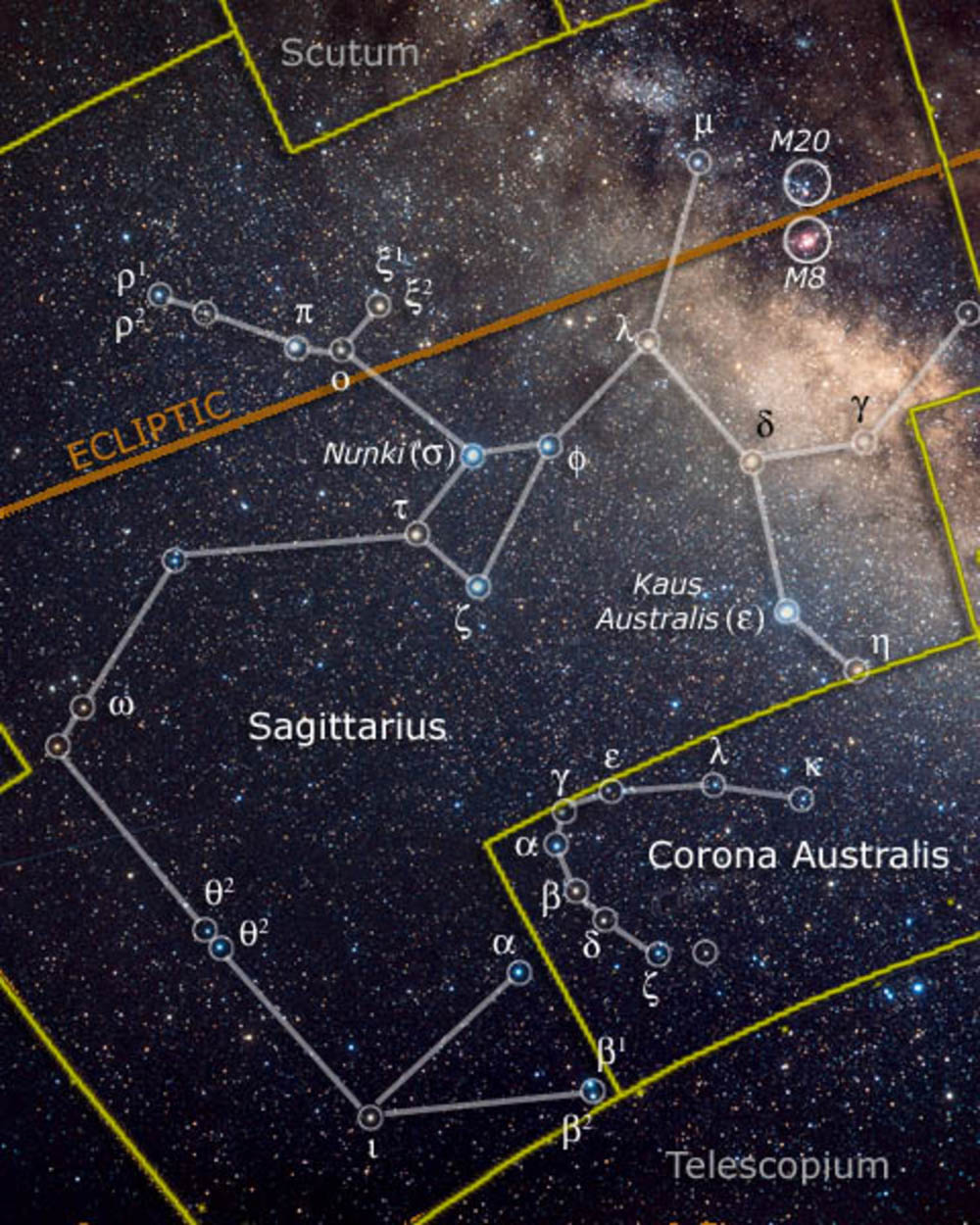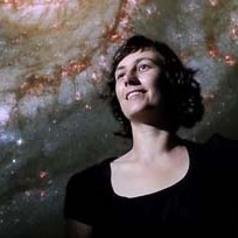
The Great World Wide Star Count (Op-Ed)

This article was originally published on The Conversation. The publication contributed this article to Space.com's Expert Voices: Op-Ed & Insights.
How many stars can you see at night? Right now people all over the world are being asked to go out and count them!
It’s part of a dark-sky awareness campaign that’s been held each October for the past seven years. The motivation behind the Great World Wide Star Count is to raise awareness of the impact light pollution has on the night sky, and also on our health and the environment.
Thankfully you don’t have to count every single star you can see. Our target in the southern hemisphere is the constellation of Sagittarius. Its bright stars form the shape of a teapot that can be seen high in the west during the early evening.

From now until Friday October 31, go outside on a clear night about an hour after sunset and find Sagittarius in the west. It’ll be above the curving tail of Scorpius and you’ll also see the red planet Mars near the archer’s bow and arrow.
The important thing is to spend about 15 minutes or so enjoying the night and waiting for your eyes to become dark adapted. It’s surprising how much more you’ll be able to see after that time.
Get the Space.com Newsletter
Breaking space news, the latest updates on rocket launches, skywatching events and more!
When you’re ready, compare your view to one of seven magnitude charts provided by the campaign. Magnitude relates to a star’s brightness and each chart plots all the stars you will see, down to a limiting magnitude.
If you have a lovely dark view of the night sky, then you’ll see the maximum number of stars possible. That means, even the faintest stars with magnitudes of around 6 will be visible. (Note that magnitudes work in reverse, so the fainter the star, the higher the magnitude.)

I’m certainly a big believer that the starry night sky is an important part of our natural world. Within some of the biggest cities around the world it’s only possible to see the brightest stars, which means that at any time of the year only a dozen or so stars might be visible.
The International Dark Sky Association was founded in 1988 to help protect our view of the night sky. They do a lot of work, promoting and educating people on the best solutions for outdoor lighting.
One of the initiatives that I really love, is their recognition of International Dark Sky Places. These parks and reserves are identified by their pristine skies and the aim is to protect them and keep the night filled with stars.
Within Australia, some local amateur astronomical societies are working to increase awareness and advocate for better lighting in our cities. This includes the Sydney Outdoor Lighting Improvement Society and the Astronomical Society of Victoria’s Outdoor Lighting Improvement Section.
So have a go at recording how dark the sky is from your own backyard. Make sure to report your observations and it’s also possible to make your measurements more than once. You can repeat the observation on another night to see how much the sky brightness might vary or go to another location, near or far.
At any rate, it’s a good excuse to look up at the night sky. And perhaps there’s something you can do to help minimise light pollution in your local area.
Tanya Hill does not work for, consult to, own shares in or receive funding from any company or organisation that would benefit from this article, and has no relevant affiliations.
This article was originally published on The Conversation. Read the original article. Follow all of the Expert Voices issues and debates — and become part of the discussion — on Facebook, Twitter and Google +. The views expressed are those of the author and do not necessarily reflect the views of the publisher. This version of the article was originally published on Space.com.
Join our Space Forums to keep talking space on the latest missions, night sky and more! And if you have a news tip, correction or comment, let us know at: community@space.com.

I am an extragalactic astronomer, Honorary Fellow of the University of Melbourne, and am currently working in the field of science communication at Melbourne Planetarium.
I have been the Curator (Astronomy) at Melbourne Planetarium, Scienceworks since 1999, drawing on my background in research astronomy to create more than a dozen planetarium productions. The most recent of these are now screened in over fifty planetariums across sixteen countries world-wide.
I am proud to be the Australian Representative of the European Southern Observatory’s (ESO) Science Outreach Network. This sees me working with Astronomy Australia Limited (AAL) to promote ESO’s extensive research accomplishments throughout Australia.
I am also involved in projects to bring research astronomy data into the planetarium to both engage the public and to turn the planetarium into a tool for research astronomers wanting to know more from their data.









